Home>Renovation & DIY>Tools & Equipment>What Are Good Paint Brushes
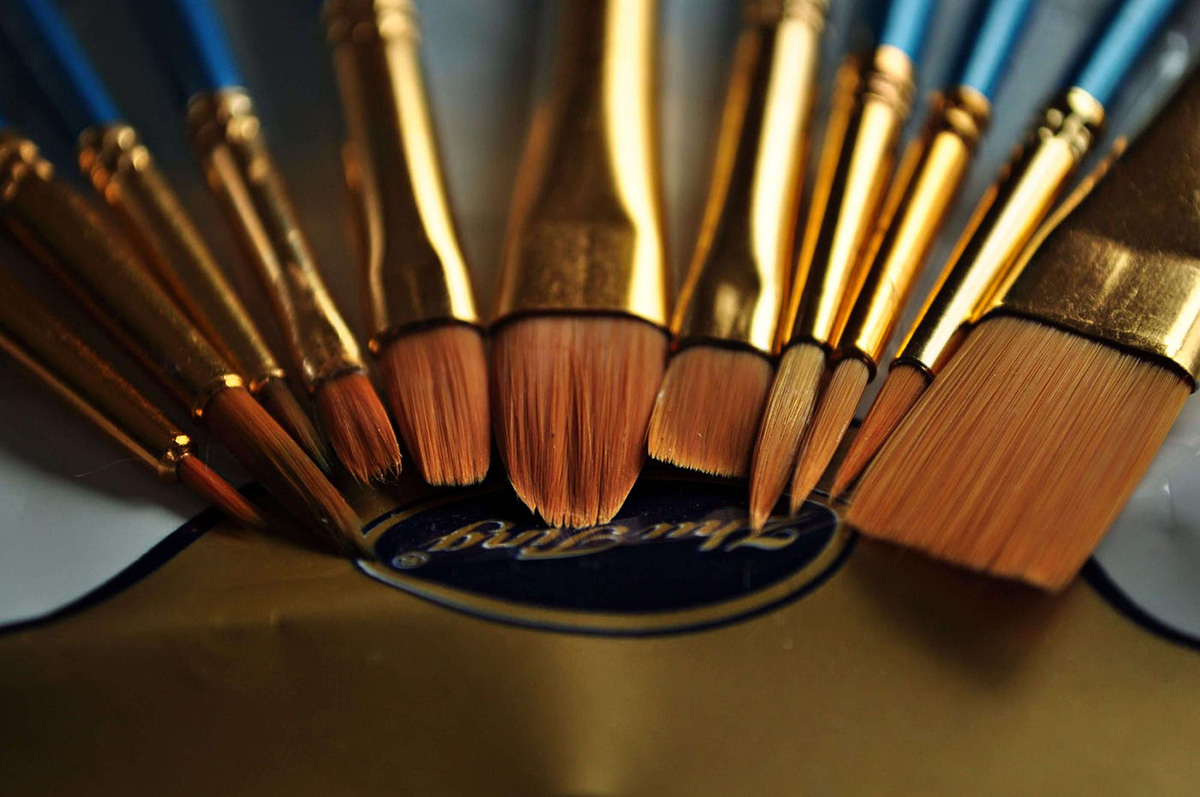

Tools & Equipment
What Are Good Paint Brushes
Modified: February 26, 2024
Discover the best paint brushes for your next project. Our wide range of tools and equipment includes high-quality brushes for all your painting needs.
(Many of the links in this article redirect to a specific reviewed product. Your purchase of these products through affiliate links helps to generate commission for Storables.com, at no extra cost. Learn more)
Introduction
Choosing the right paint brush is essential for achieving the best results in your painting projects. A good paint brush not only makes the application of paint easier and more precise but also contributes to the overall quality of the finished product. With a wide range of options available in the market, it can be overwhelming to select the perfect paint brush for your needs.
In this article, we will explore the different types of paint brushes, including natural bristle brushes and synthetic bristle brushes. We will also delve into the various bristle shapes and sizes, as well as the importance of brush handles in providing comfort and control during painting sessions. Additionally, we will provide valuable tips on how to choose a good paint brush and offer insights on maintaining and cleaning your brushes for long-lasting use.
Whether you are a professional artist, a DIY enthusiast, or someone looking to tackle a home improvement project, understanding the characteristics of a good paint brush will undoubtedly improve the quality of your work.
Key Takeaways:
- Choose the right paint brush based on your painting needs, whether it’s natural bristle for oil-based paints or synthetic bristle for water-based paints. Consider bristle shapes, sizes, and handle comfort for optimal results.
- Maintain and clean your paint brushes regularly to ensure longevity and optimal performance. Proper care, including removing excess paint, using appropriate solvents, and storing brushes correctly, will elevate your artwork and painting experience.
Read more: What Are Paint Brushes Made Of
Types of Paint Brushes
When it comes to choosing the right paint brush, understanding the different types available is crucial. Paint brushes can be broadly categorized into two main types: natural bristle brushes and synthetic bristle brushes.
Natural Bristle Brushes: These brushes are made from animal hair, typically sourced from hogs, oxen, or badgers. Natural bristle brushes are known for their ability to hold more paint and create a smoother finish. They are ideal for oil-based paints, varnishes, and stains. The bristles of natural brushes are porous and absorbent, allowing them to hold more paint and distribute it evenly. However, they are not suitable for water-based paints as the bristles can become limp and lose their shape.
Synthetic Bristle Brushes: Made from materials like nylon, polyester, or a combination of both, synthetic bristle brushes are versatile and can be used with a variety of paint types. Unlike natural bristle brushes, synthetic brushes do not absorb water, making them perfect for water-based paints, including acrylics and latex. They also offer greater durability and maintain their shape even after repeated use and cleaning.
Within these two main categories, paint brushes come in various shapes and sizes to suit different painting needs. Understanding the different bristle shapes and sizes will help you achieve the desired results in your painting projects.
Natural Bristle Brushes
Natural bristle brushes, as the name suggests, are made from animal hair. They have been a popular choice among artists and painters for centuries due to their unique characteristics. Let’s take a closer look at the advantages and considerations when using natural bristle brushes.
Advantages:
- Natural bristle brushes have excellent paint-holding capacity. The porous nature of the bristles allows them to absorb and hold more paint, resulting in fewer trips to the palette.
- They offer a smooth and even application of paint, especially when working with oil-based paints, varnishes, or stains.
- The natural split ends of the bristles create softer brush strokes and a more organic look to the painting.
- They are highly durable and can withstand rigorous use over time if properly cared for.
Considerations:
- Natural bristle brushes tend to be more expensive than synthetic brushes due to the cost of sourcing animal hair.
- They are not recommended for use with water-based paints as the bristles can become limp and lose their shape.
- Because of their absorbent nature, natural bristle brushes require more paint and may result in a higher paint consumption compared to synthetic brushes.
- Some people may have ethical concerns regarding the use of animal-based products, making synthetic brushes a more suitable choice.
It is important to note that not all natural bristle brushes are created equal. The quality of the bristles can vary depending on the brand, grade, and region of origin. High-quality natural bristle brushes are typically made from hog hair, known for its durability and stiffness. Lower-grade natural bristles, such as those made from oxen or badger hair, are less expensive but may not offer the same level of performance.
If you are working with oil-based paints or prefer the feel and results achieved with natural bristle brushes, invest in a high-quality brush to ensure optimal performance.
Synthetic Bristle Brushes
Synthetic bristle brushes, also known as synthetic brushes, have gained popularity in recent years due to their versatility and compatibility with various types of paints. These brushes are made from synthetic materials such as nylon, polyester, or a combination of both. Let’s explore the advantages and considerations of using synthetic bristle brushes.
Advantages:
- Synthetic bristle brushes are more affordable compared to natural bristle brushes. They offer a cost-effective alternative without compromising on performance.
- They are perfect for use with water-based paints such as acrylics and latex. Unlike natural bristle brushes, synthetic brushes do not absorb water, allowing them to maintain their shape and stiffness during the painting process.
- Synthetic bristle brushes are easy to clean as they do not trap paint within the bristles. They are also less prone to shedding.
- They are highly durable and can withstand repeated use and cleaning without losing their shape or performance.
Considerations:
- While synthetic bristle brushes are versatile, they may not hold as much paint as natural bristle brushes. This can result in more frequent trips to the paint palette when working with thicker or oil-based paints.
- Synthetic brushes may have a different feel and performance compared to natural bristle brushes. Some artists prefer the softer and more organic brush strokes produced by natural bristles.
- Depending on the quality of the synthetic bristle brushes, they may not last as long as high-quality natural bristle brushes. However, with proper care and maintenance, they can still provide satisfactory performance.
Synthetic bristle brushes are available in various shapes, sizes, and stiffness levels, catering to different painting techniques and preferences. They are particularly well-suited for artists and painters who frequently work with water-based paints or prefer the convenience and cost-effectiveness of synthetic brushes.
When shopping for synthetic bristle brushes, consider the purpose and type of paint you will be using to ensure you choose the right brush for your specific needs. While synthetic brushes may not offer the same traditional feel as natural bristle brushes, they continue to evolve and improve, making them a popular choice in the world of painting.
Bristle Shapes and Sizes
The shape and size of the bristles on a paint brush play a significant role in the overall outcome of your painting project. Different bristle shapes and sizes are designed to serve specific purposes and techniques. Understanding the various options available will help you select the right brush for your desired effect.
Bristle Shapes:
- Flat: Flat bristle brushes have rectangular-shaped bristles with straight edges. They are commonly used for large areas, filling in backgrounds, and creating smooth, even strokes. Flat brushes are also ideal for blending and creating sharp edges.
- Round: Round bristle brushes have a pointed tip and are versatile for both fine detail work and broader brushstrokes. They are often used for creating intricate lines, small shapes, and adding finer details to a painting.
- Filbert: Filbert brushes have an oval or flat shape with rounded edges. They are a hybrid between a flat and round brush, offering versatility in blending and creating rounded edges. Filbert brushes are often used for painting flowers, foliage, and softly blending colors.
- Angular: Angular bristle brushes have slanted bristles, forming a diagonal edge. They are suitable for crisp and sharp strokes, as well as for precise and controlled lines. Angular brushes are commonly used for painting corners, edges, and making curved strokes.
- Fan: Fan bristle brushes have bristles spread out in a fan shape. They are primarily used for creating textural effects such as foliage, grass, or wispy clouds. Fan brushes are also useful for blending and softening edges.
Bristle Sizes:
Paint brush sizes are indicated by a number, often ranging from 000 to 24 or beyond. The size number corresponds to the width of the bristles at the ferrule (the metal or plastic band that holds the bristles together). A smaller number indicates a narrower brush, while a larger number represents a wider brush.
The choice of bristle size depends on the scale of your painting and the level of detail you want to achieve. Smaller brushes are ideal for intricate work and finer details, while larger brushes are suitable for covering larger areas quickly. Having a range of brush sizes in your collection will provide flexibility and allow you to accomplish various painting techniques.
Experimenting with different bristle shapes and sizes will help you discover which brushes work best for your preferred painting style and subjects. It’s important to remember that personal preference and individual techniques can also influence the selection of bristle brushes.
Invest in high-quality paint brushes with durable bristles for a smoother finish. Look for brushes with a comfortable handle for extended use. Clean and store brushes properly to prolong their lifespan.
Read more: What Are Chip Paint Brushes
Brush Handles
While much attention is given to the bristles of a paint brush, the handle also plays an important role in providing comfort and control during your painting sessions. The handle material, shape, and length are all factors to consider when selecting a paint brush. Let’s explore the different aspects of brush handles.
Handle Material:
Brush handles can be made from various materials, including wood, plastic, and metal. Each material offers different benefits and aesthetic appeal.
- Wood: Wooden handles are popular for their natural feel and durability. They provide a comfortable grip and are often preferred by artists for their aesthetic appeal.
- Plastic: Plastic handles are lightweight, easy to clean, and often less expensive than wooden handles. They can offer a comfortable grip, but some artists may find them less aesthetically pleasing.
- Metal: Metal handles are commonly found in high-quality brushes. They are durable and provide a weighted balance, which some artists prefer for better control and stability.
Handle Shape:
Paint brush handles come in various shapes to accommodate different grip preferences and painting techniques.
- Straight: Straight handles are the most common and versatile. They are comfortable to hold and provide stability and control for a wide range of brush strokes.
- Ergonomic: Ergonomic handles are specially designed to reduce strain and provide a more comfortable grip. They often have contoured shapes that fit naturally in the hand for extended painting sessions.
- Tapered: Tapered handles have a thinner top end that gradually widens toward the brush ferrule. They allow for a more delicate grip and are often preferred by artists who require precision and fine control.
Handle Length:
The length of the handle can also affect your painting experience. Short handles are typically used for close-up work, detailed painting, and when working with watercolor or gouache. Long handles are more commonly used for easel painting or when you need to stand back from the canvas to gain perspective.
Ultimately, the choice of brush handle is a personal preference. It’s a good idea to try different handle materials, shapes, and lengths to see what feels comfortable and suits your painting style. Comfort and control are key to enjoyable painting sessions and producing the best results.
Tips for Choosing a Good Paint Brush
Choosing the right paint brush can greatly enhance your painting experience and the outcome of your artwork. Here are some tips to help you select a good paint brush:
- Consider the Type of Paint: Determine whether you will be using oil-based paints, water-based paints, or a combination of both. This will help you decide whether to go for natural bristle brushes or synthetic bristle brushes.
- Assess the Quality of the Bristles: Look for brushes with well-constructed bristles that are securely held together. The bristles should be evenly distributed and properly shaped without any loose strands.
- Choose the Right Bristle Shape and Size: Consider the techniques you will be using and the scale of your artwork. Different bristle shapes and sizes are suited for specific purposes, so pick brushes that align with your painting style and needs.
- Examine the Handle: Evaluate the handle material, shape, and length. Select a handle that feels comfortable in your hand and provides good control. The material should be durable and suitable for your preferred painting techniques.
- Check for Balance and Weight: Hold the brush and see how it feels in your hand. A well-balanced brush with a comfortable weight distribution will make it easier to maneuver and maintain control during painting.
- Read Reviews and Recommendations: Look for reviews and recommendations from artists and professionals to gain insights into the performance and durability of different paint brushes. This information can be valuable in making an informed decision.
- Consider your Budget: Determine your budget for paint brushes and find a balance between quality and affordability. While high-quality brushes can be more expensive, they tend to last longer and provide better results.
- Visit an Art Supply Store: If possible, visit an art supply store to physically hold and examine different paint brushes. This will give you a better understanding of their quality, feel, and suitability for your painting projects.
- Start with a Variety of Brushes: As you explore different painting techniques and styles, it’s beneficial to have a variety of brushes in your collection. Start with a few versatile brushes and gradually expand your collection based on your needs and preferences.
- Experiment and Find Your Favorites: It’s not uncommon for artists to have their preferred brushes for specific techniques or effects. Experiment with different brush types and sizes to find the ones that resonate with your style and achieve the results you desire.
By following these tips, you can select paint brushes that will enhance your artistic journey, improve your technique, and bring your vision to life on the canvas.
Maintaining and Cleaning Paint Brushes
Proper maintenance and cleaning of paint brushes are essential for their longevity and optimal performance. By taking care of your brushes, you can ensure they remain in excellent condition for future use. Here are some tips on maintaining and cleaning paint brushes:
- Remove Excess Paint: After each painting session, remove excess paint from the brush by gently wiping it on a rag or paper towel. This will prevent the paint from drying and clogging the bristles.
- Use appropriate solvents: Different types of paints require different cleaning solvents. Read the paint manufacturer’s guidelines to determine the correct solvent for cleaning your brushes.
- Clean with Soap and Water: For water-based paints, such as acrylics, gently rinse the brush under warm water to remove the paint. Use a mild soap or brush cleaner to wash the bristles thoroughly. Avoid getting water near the ferrule to prevent loosening of the bristles.
- For Oil-Based Paints: Clean oil-based paint brushes with mineral spirits or paint thinner. Pour a small amount in a container and swirl the brush in it until the paint is dissolved. Repeat the process with a clean solvent to ensure all the paint residue is removed.
- Repeat the Washing: Rinse the brush under warm water again to remove any remaining soap or solvent. Gently squeeze the bristles from ferrule to tip to remove excess water and reshape the bristles.
- Dry the Brushes: Lay the brushes flat or hang them upside down with the bristles facing downward to allow them to dry completely. This helps maintain the shape of the bristles and prevents water from seeping into the ferrule, which can cause damage.
- Store Brushes Properly: Once the brushes are completely dry, store them upright or in a brush holder to prevent the bristles from bending or fraying. Avoid storing brushes in a compressed position, as this can also damage the bristles.
- Deep Cleaning: If paint residue remains after regular cleaning, you can do a deep cleaning by soaking the brushes in an appropriate solvent or brush cleaner overnight. Follow the solvent manufacturer’s instructions for this process.
- Replace Worn-out Brushes: Over time, paint brushes may wear out due to regular use or improper cleaning. It is important to monitor the condition of your brushes and replace them when the bristles become frayed, splayed, or lose their shape.
By following these maintenance and cleaning tips, you can extend the life of your paint brushes and ensure they continue to perform at their best. Regular cleaning and proper storage will keep your brushes in excellent condition, ready for your next artistic endeavor.
Conclusion
Choosing the right paint brush is crucial for achieving the best results in your painting projects. Whether you are a professional artist or a DIY enthusiast, understanding the different types, shapes, and sizes of paint brushes will greatly enhance your painting experience. Natural bristle brushes, made from animal hair, offer excellent paint holding capacity and are ideal for oil-based paints, varnishes, and stains. Synthetic bristle brushes, made from nylon or polyester, are versatile and suitable for a variety of paint types, especially water-based paints.
When selecting a paint brush, consider the shape and size of the bristles to ensure they align with your painting techniques and desired effects. The handle material, shape, and length also play a role in providing comfort and control during your painting sessions. It’s important to find a brush that feels comfortable in your hand and offers good balance.
Proper maintenance and cleaning of paint brushes are essential for their longevity and optimal performance. Removing excess paint, using appropriate solvents, and cleaning the bristles with soap and water or specific brush cleaners will help keep your brushes in excellent condition. Storing brushes properly and replacing worn-out brushes when needed will ensure you always have the right tools for your painting projects.
By taking the time to choose good paint brushes and caring for them properly, you will elevate the quality of your artwork and enjoy the process of painting even more. So, go ahead and invest in high-quality brushes that suit your needs, experiment with different types and sizes, and let your creativity flourish on the canvas.
Frequently Asked Questions about What Are Good Paint Brushes
Was this page helpful?
At Storables.com, we guarantee accurate and reliable information. Our content, validated by Expert Board Contributors, is crafted following stringent Editorial Policies. We're committed to providing you with well-researched, expert-backed insights for all your informational needs.
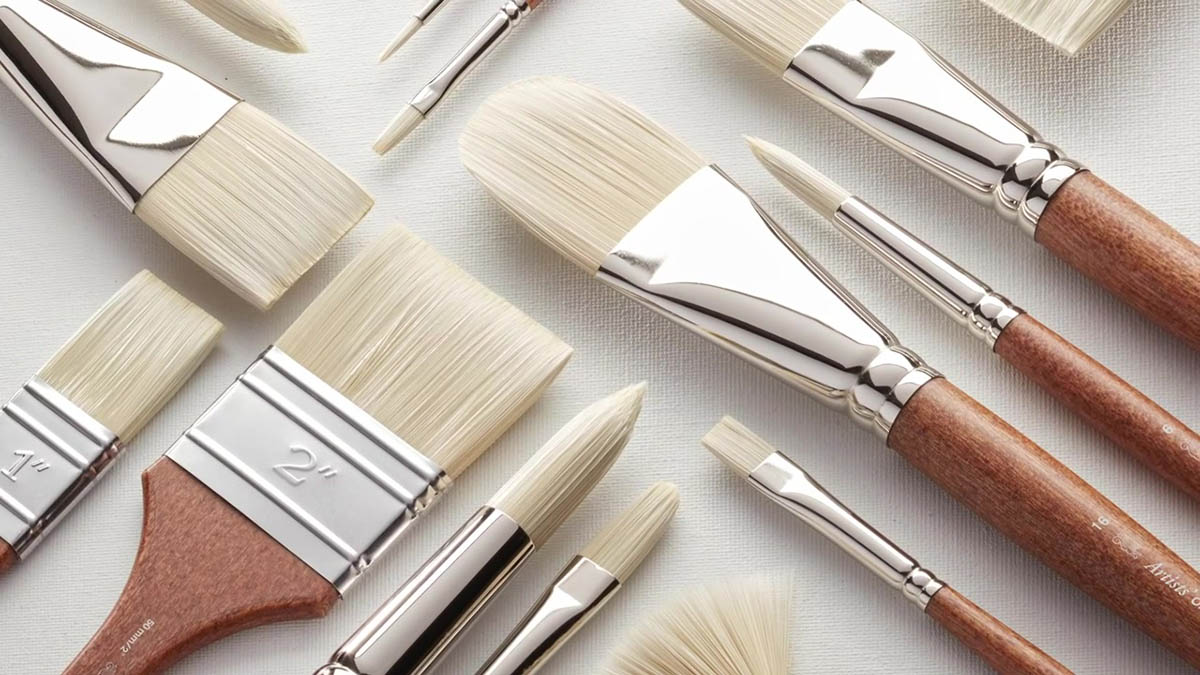
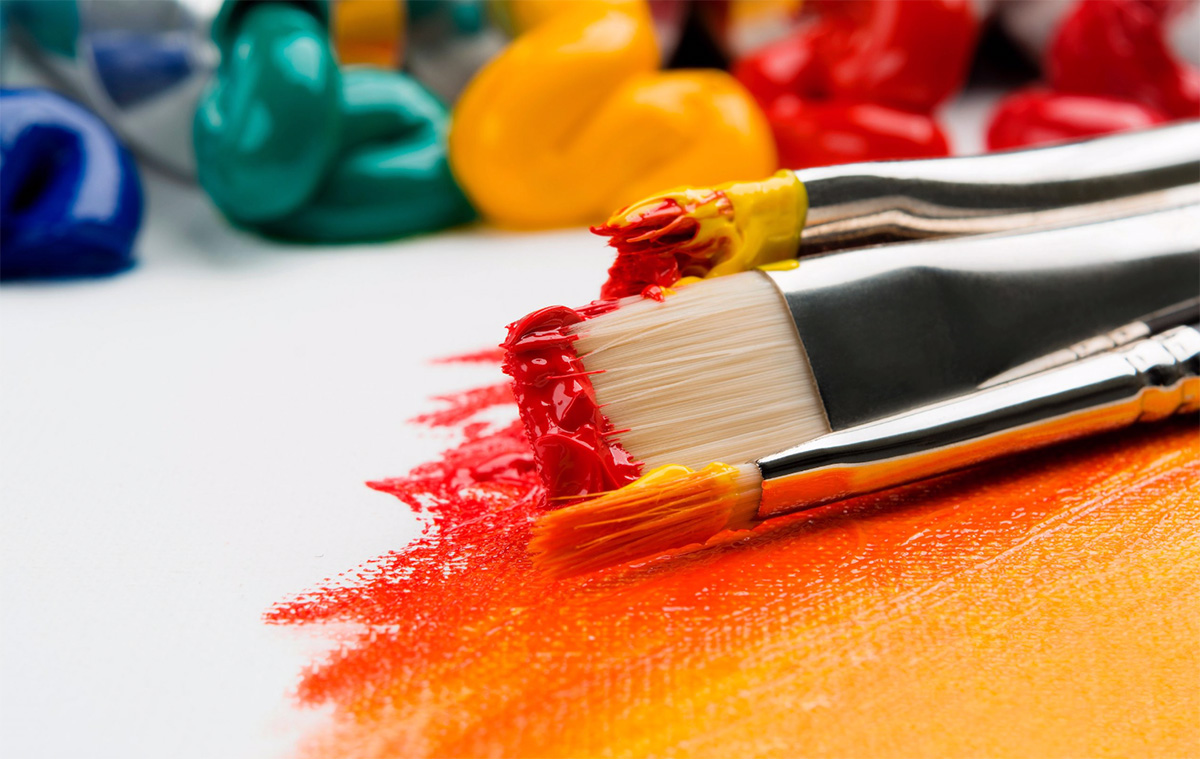
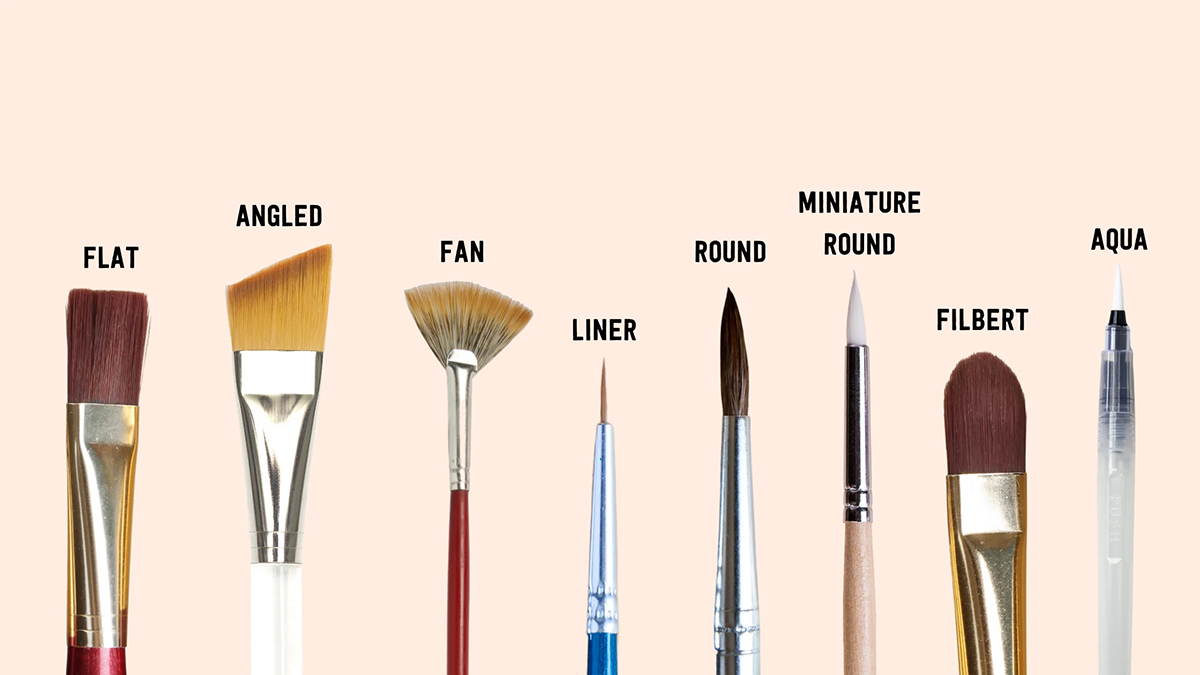
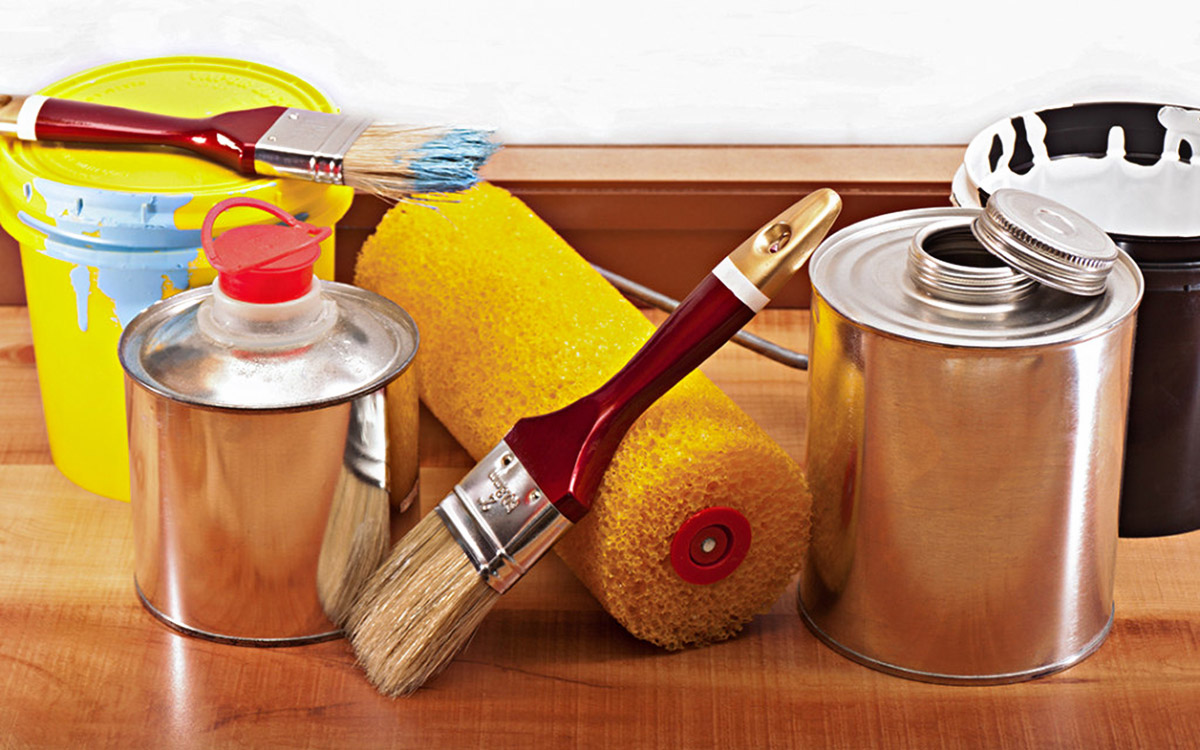
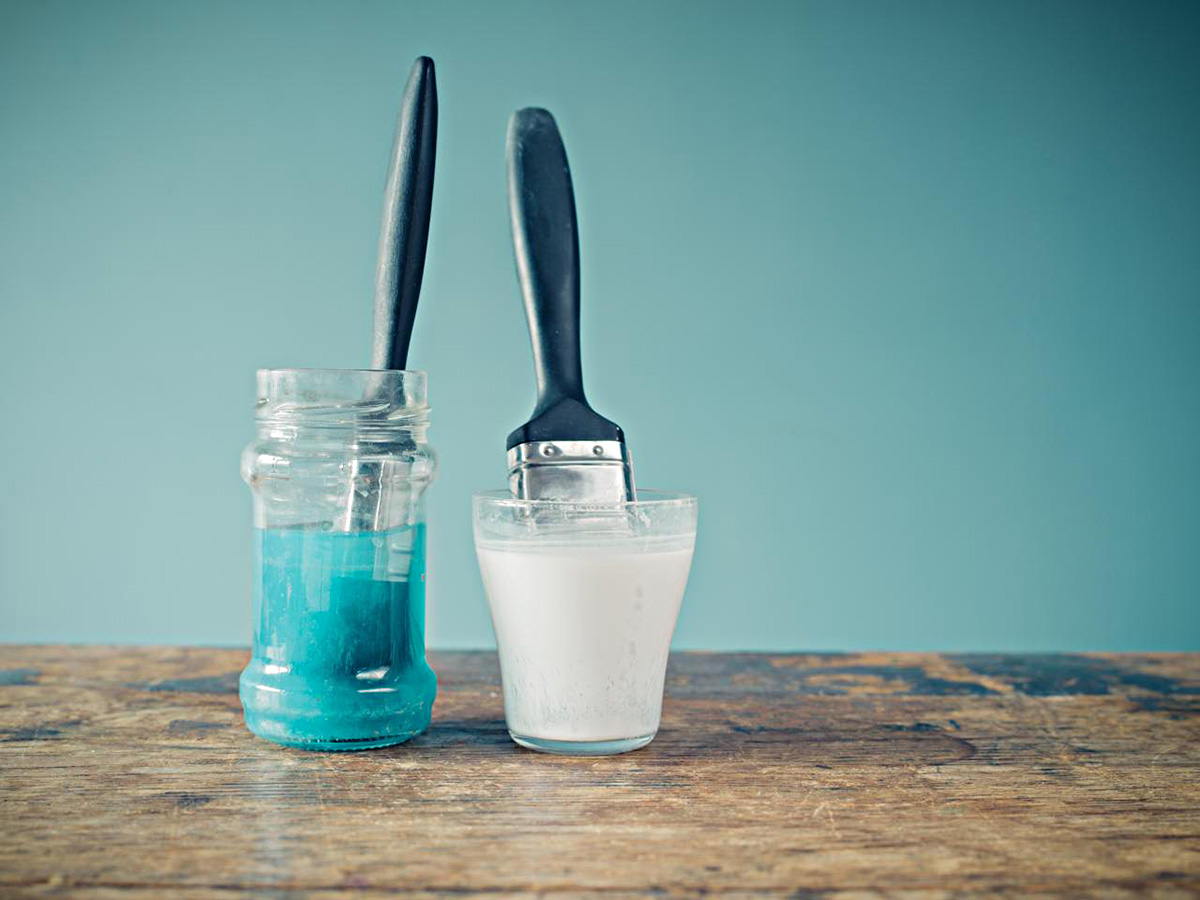


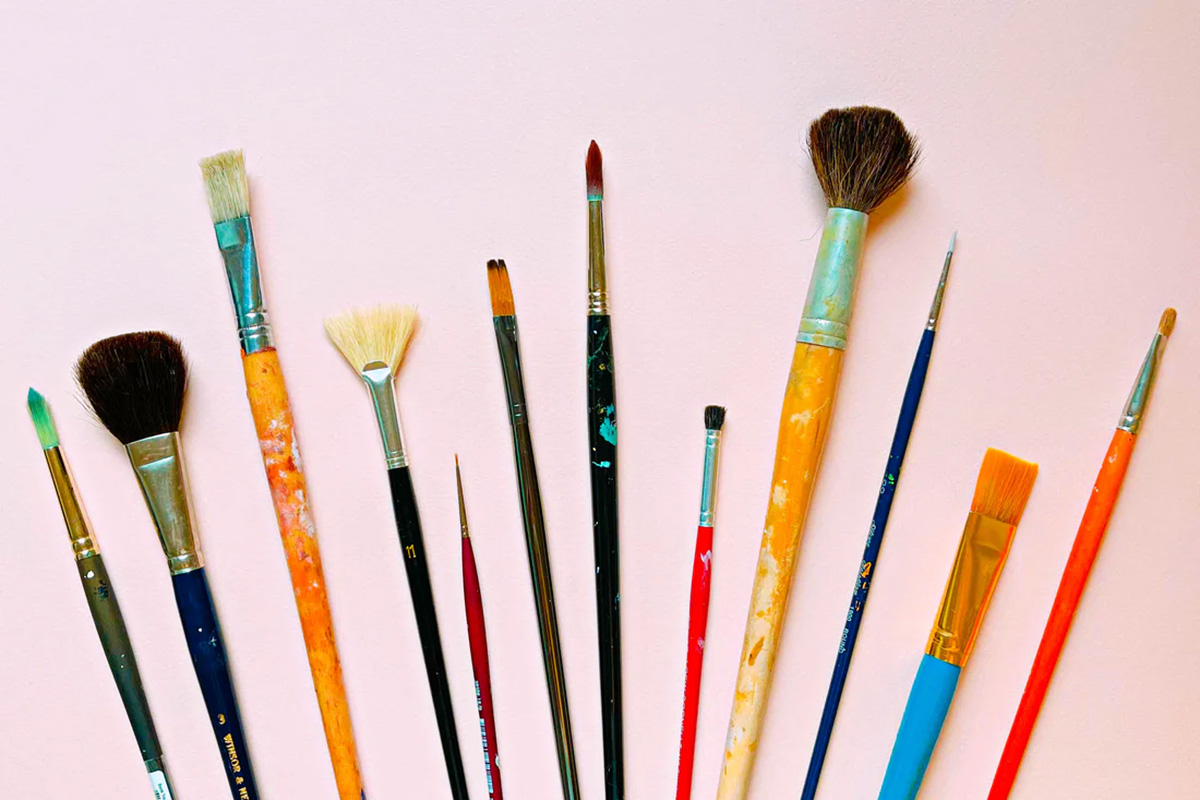
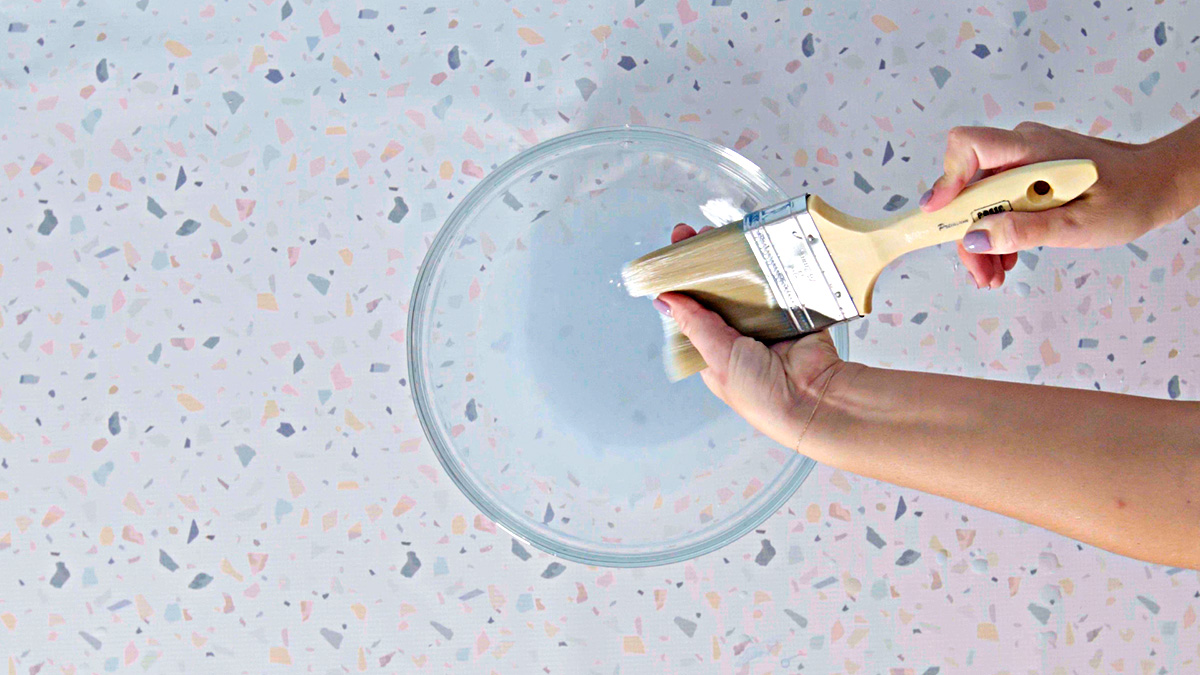
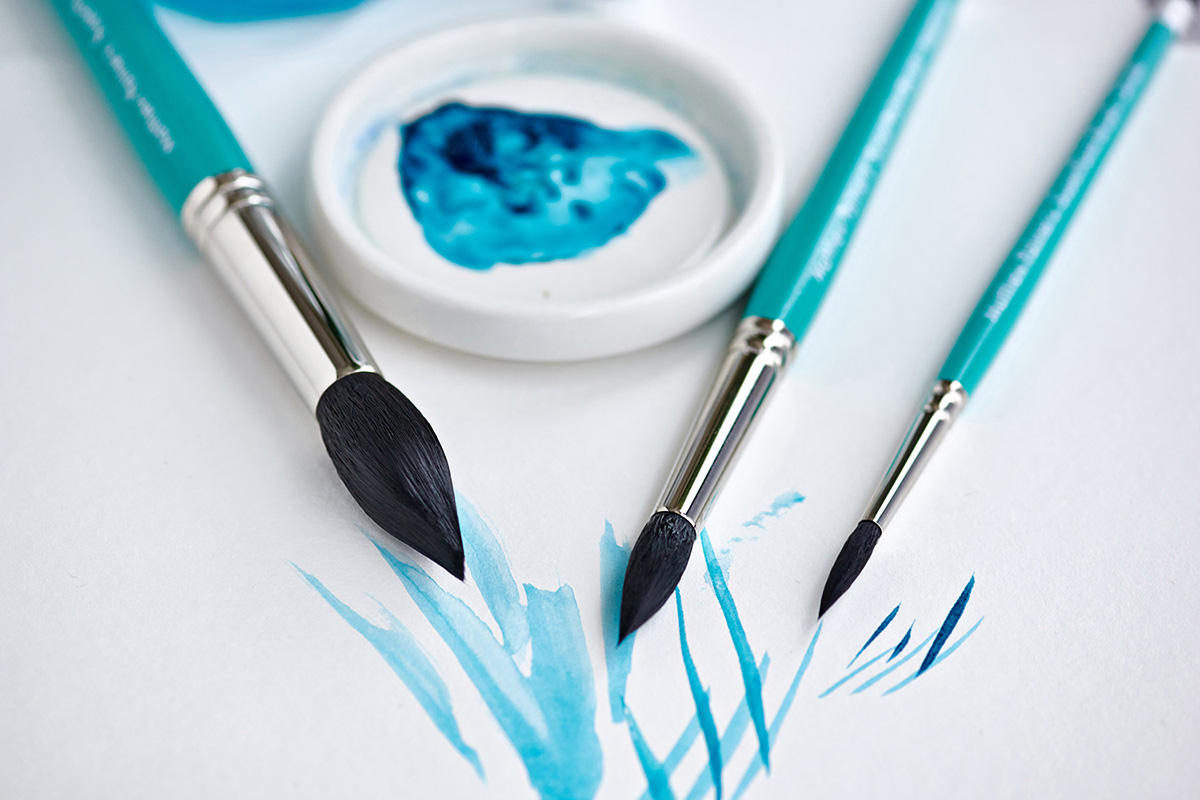
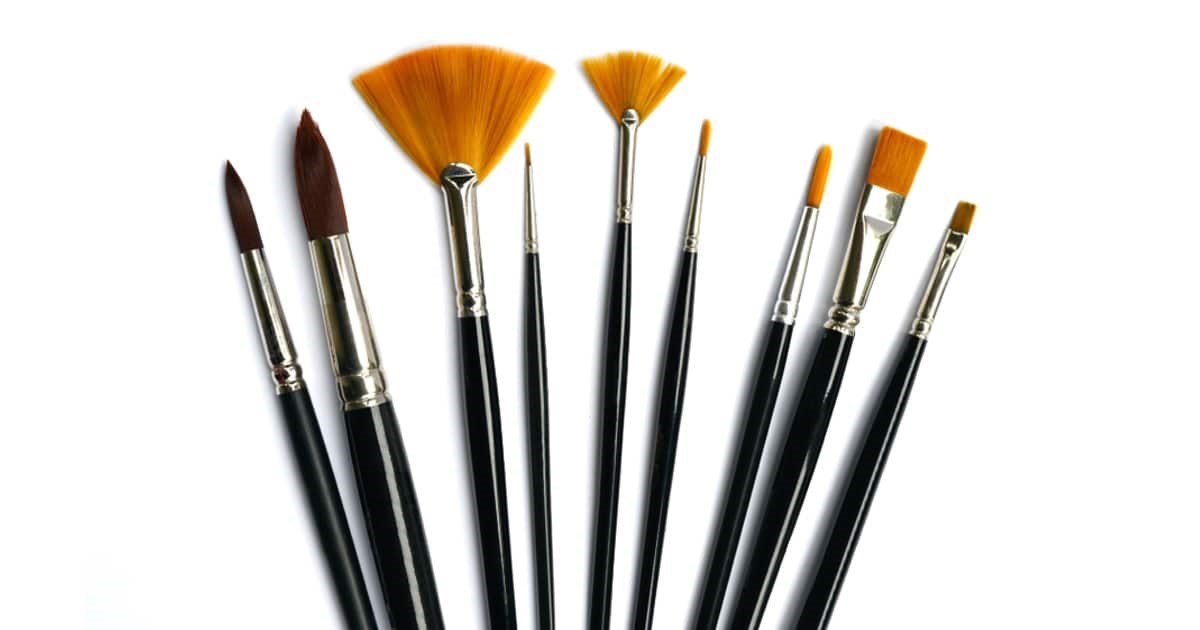
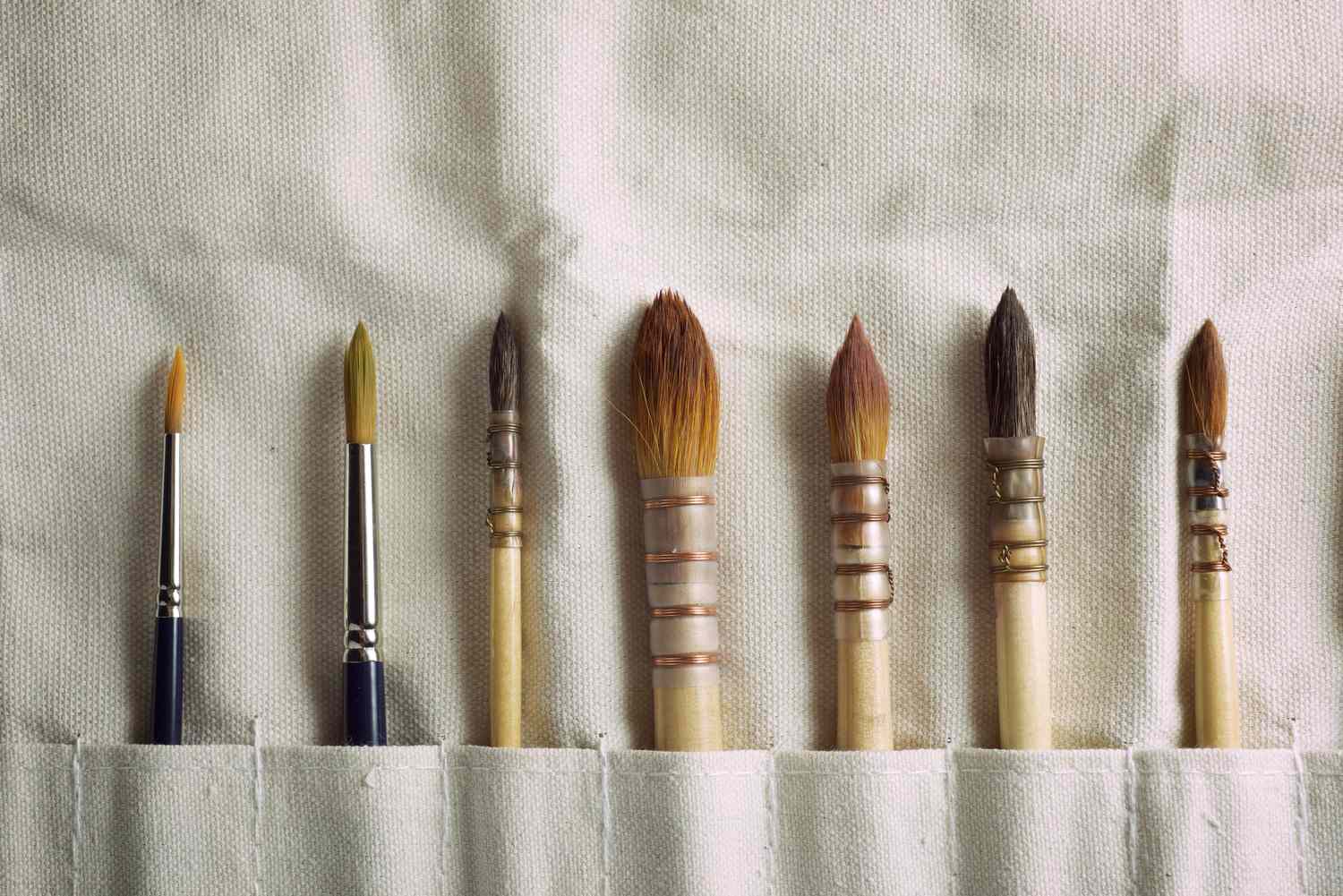
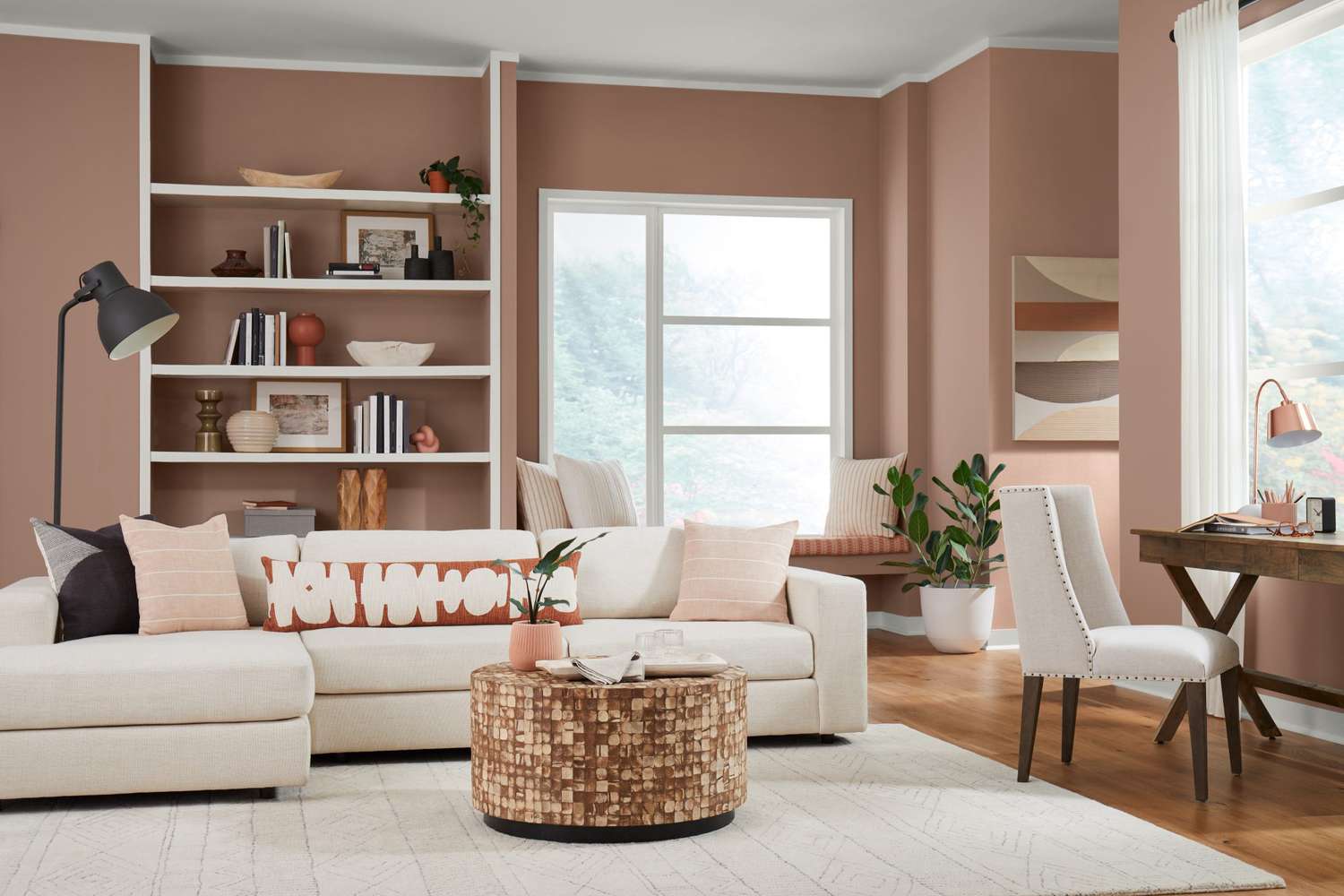

0 thoughts on “What Are Good Paint Brushes”